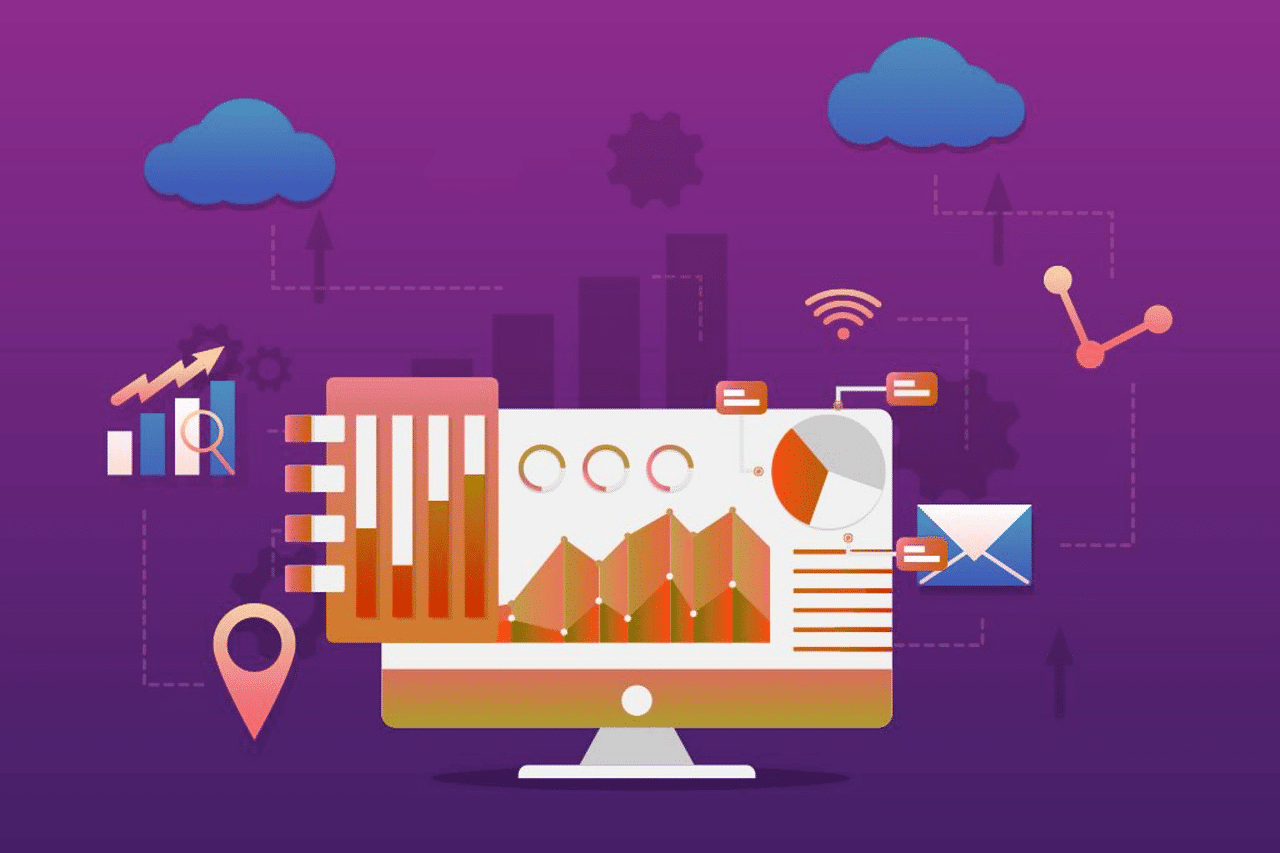In the past couple of decades, the retail sector has seen a shift as even more business is going online. The 2020 COVID-19 pandemic and UK lockdowns saw a rapid increase in that trend with record levels of online traffic. Although there will always be a need for physical stores, there is no denying we live in a digital world. It may seem counter-intuitive, but sending something physically irresistible can drive traffic to your online store. Here are our tips on how to go beyond the screen and use offline marketing to drive traffic to your website.
Tip 1: Get their address
It may seem obvious but bear with me. Without an address, you can’t send a piece of direct mail to a customer/prospect. Well, not anymore.
You may think email is the only option when the only data you hold for a person is their email address.
However, you can now get the full postal address from emails that will unlock your database’s full potential. How does it work? It’s a simple matchback service. We compare your emails to a database of GDPR approved data and report back on any matches. The results can vary, but around one-quarter of your emails will match to an address on average.
A staggering 293.6 billion emails are sent each day. So getting your voice heard above the crowd is hard. Sending a piece of direct mail to that person can ensure your brand stands out.
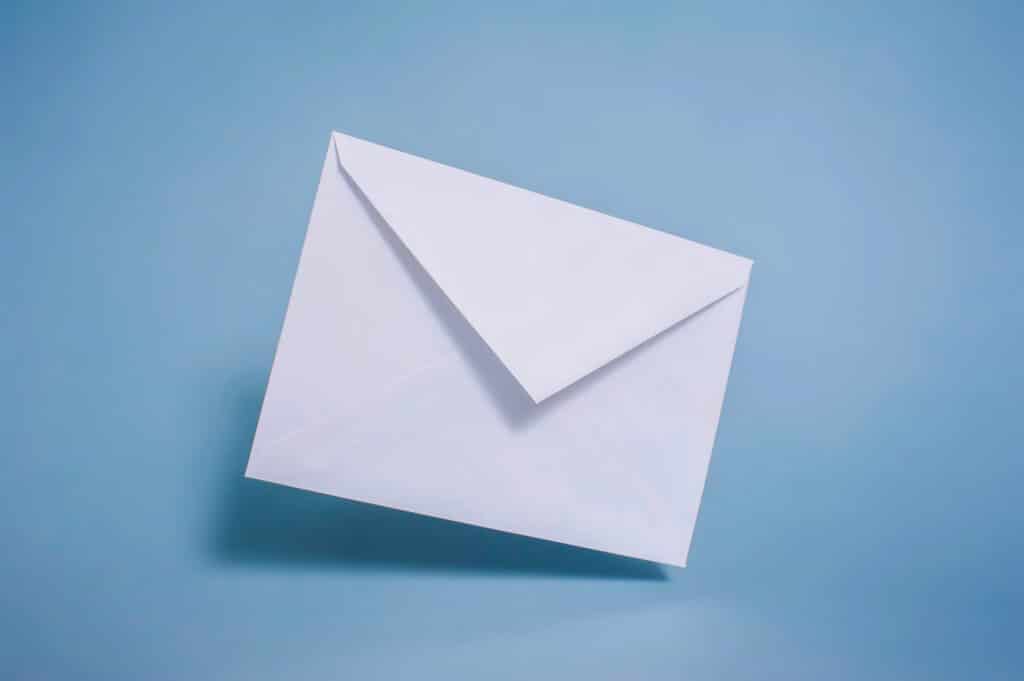
Tip 2: Send a piece of mail
Mail is special, reports have shown that it is the most trusted marketing source and triggers longer-term memories when compared with Social Media and Email.
The simple act of sending a piece of direct mail will get your message heard and resonate with your customer on a much deeper level than other marketing avenues.
Let’s take a look at the science. (All facts are taken from MarketReach Mail Cut’s Through Report)
Using Neuroscience, we can accurately measure subconscious brain responses that determine our actions.
Results show that mail activates the areas of the brain responsible for long-term memory encoding 49% more than email and 35% more than social media advertising.
Mail the most personable way of communicating with your customers. If our brain feels that the piece is personally relevant, it will be “stored” in long-term memory.
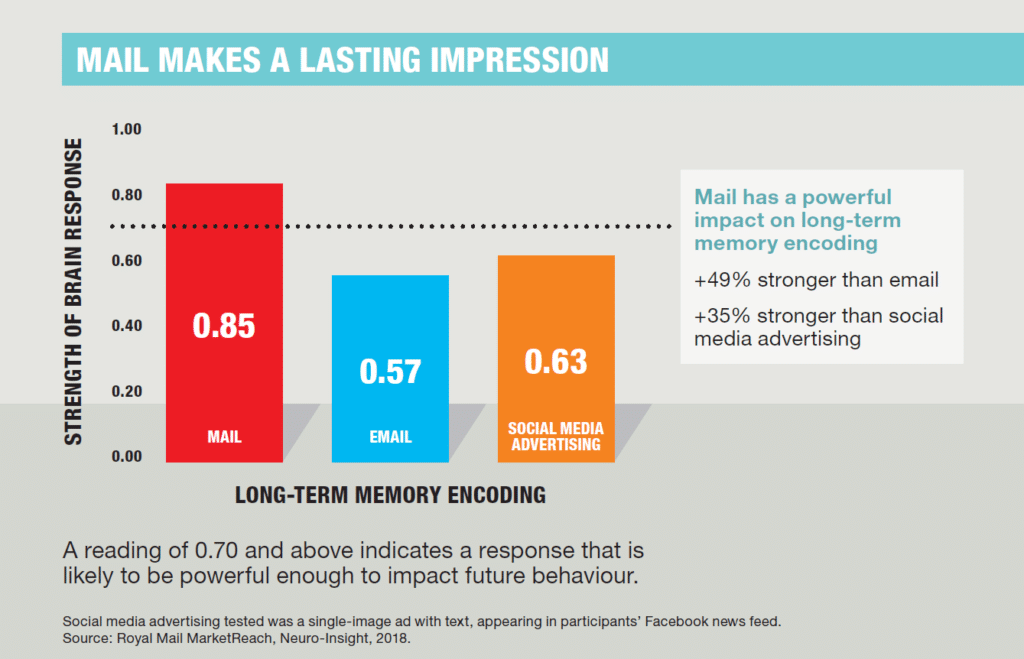
Next onto engagement
Mail is engaging. It’s a physical item that you hold in your hand. You can smell the paper and inks; the simple act of opening a letter is engaging. The report shows that mail is 33% more engaging than email and 35% more engaging than social. You can download the full report here.
All of these add up to driving people to perform a commercial action. These can be visiting the website or making a purchase, a massive 36% of all addressed mail results in a commercial action (JICMail).
If you need more proof of physical mail’s power, the government chose this method to communicate the countries lockdown which was one of the most critical communications in years.
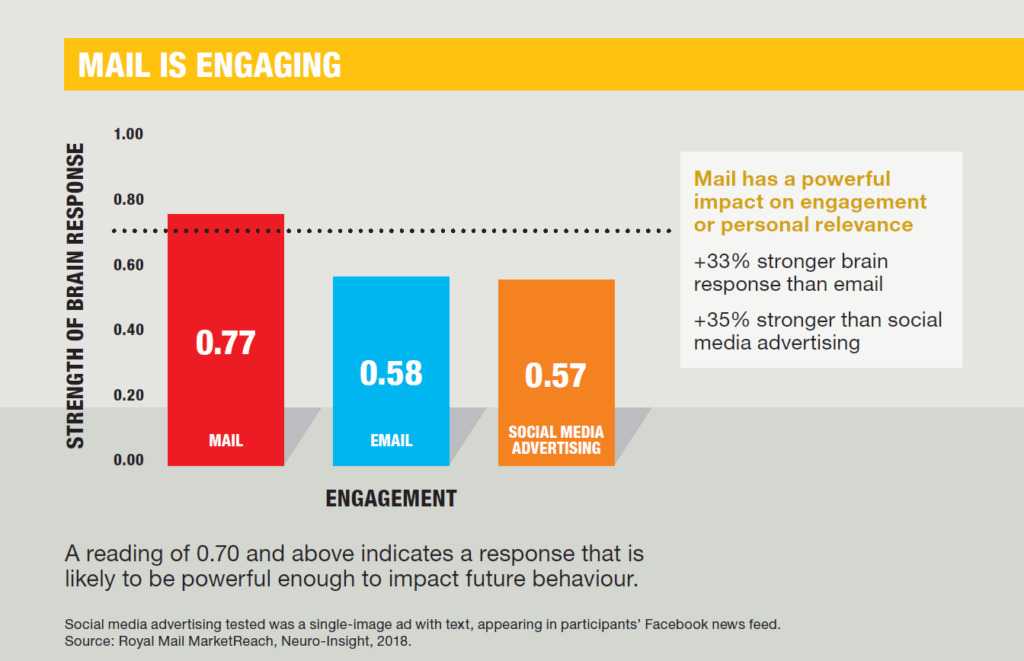
Tip 3: Use technology
QR codes or Quick Response codes have been around since the mid-’90s, invented by Toyota to track stock easily. Since then, they have become a staple for marketers all over the world.
The power of the QR code has been utilised in the battle against Coronavirus, checking in to venues as part of the track and trace strategy.
As QR codes are now a part of everyday life, everyone (including older generations) knows what a QR code is and how to use one, a huge benefit to marketers looking to track their campaign’s success.
QR codes make the transition between offline and online seamless. They make it effortless to go from an attention-grabbing mail to their website with the click of a button.
Not only can they drive traffic to your website, but QR codes can also save you money on your campaign. Royal Mail run a testing and innovation incentive. If you use a QR code on your mailing, you can save a considerable chunk on your postage. Get in touch with our postage experts here to find out more.
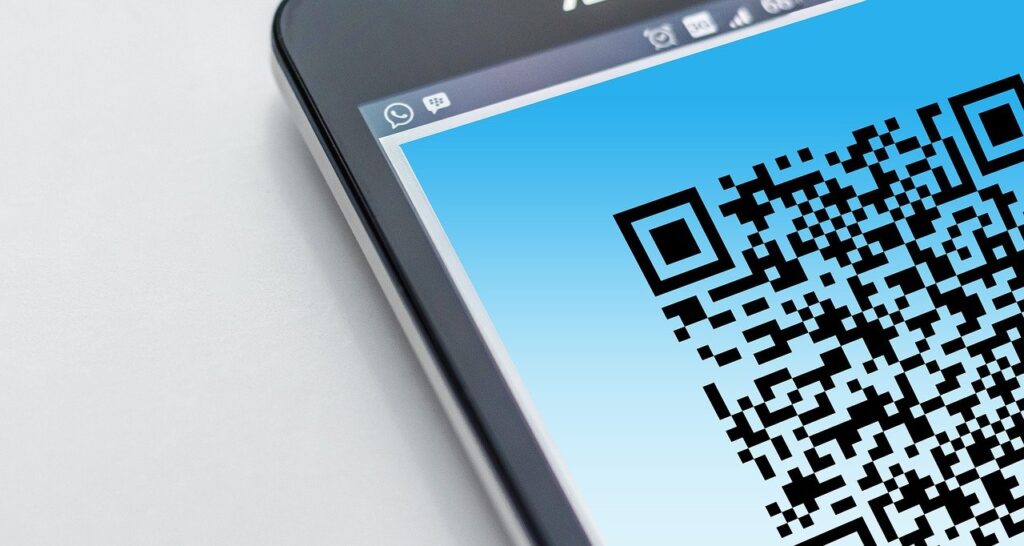
Tip 4 Use Programmatic Mail
Trigger Mailings will be one of the biggest trends next year, and for a good reason, they work!
Programmatic or trigger mailings are a smarter way of talking to your prospects/customers, fusing digital marketing’s best practices and speed with offline’s communication and conversion power.
These triggered mailings can be dispatched and land on your customers’ doorstep within 48 -72 hours. Programmatic gives you an excellent opportunity to retarget people who have visited your site.
But crucially, it gives you another method of engaging your customers along the customer journey. Making every journey personalised and driving customer growth and retention.
Customers who have used this channel have experienced growth and found it a perfect way of driving people back online.
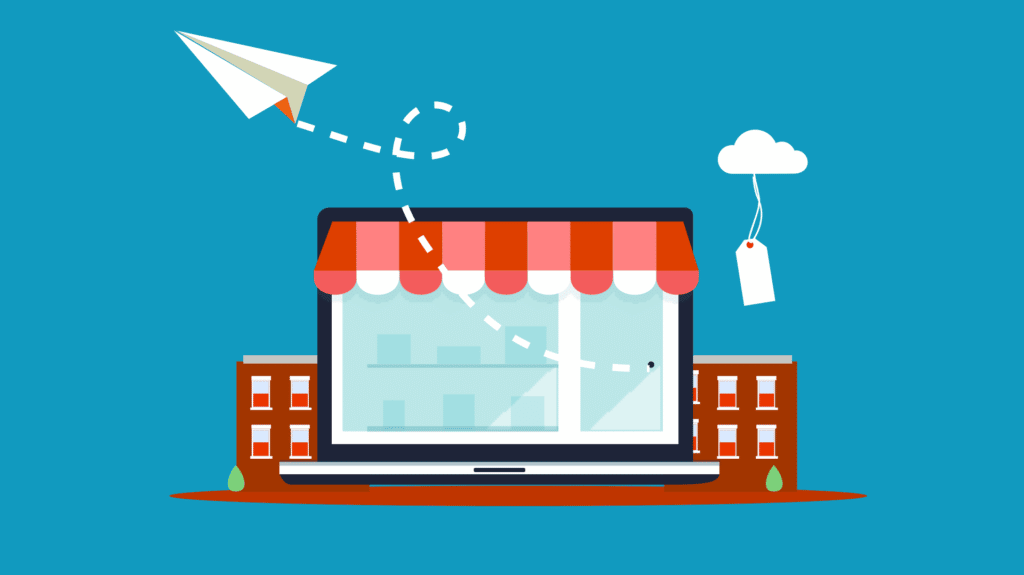
Case study 1
A well-known storage and furniture solutions company wanted to send trigger mailings to people who browsed products but didn’t go through to purchase stage.
- Conversion rates of 11.7%.
- 5.8% went on to a second purchase.
- £7 return on every £1 spent.
- The average basket value has nearly doubled.
Case study 2
A UK wide luxury clothing retailer wanted to encourage the second purchase.
- 10% of those mailed returned to the website.
- 8.6% conversion rate compared to the 6.6% control group.
- Over £3 return on investment per £1 spend.
Conclusion
As you can see, there are loads of ways that offline marketing can help get the best out of your online store and drive traffic to your website. Mail can drive people to your eCommerce website, improve the customer journey, and drive more sales, primarily when used in conjunction with your other digital strategies.
To find out more about offline marketing or speak to one of our marketing experts for a free offline marketing audit, click here.

